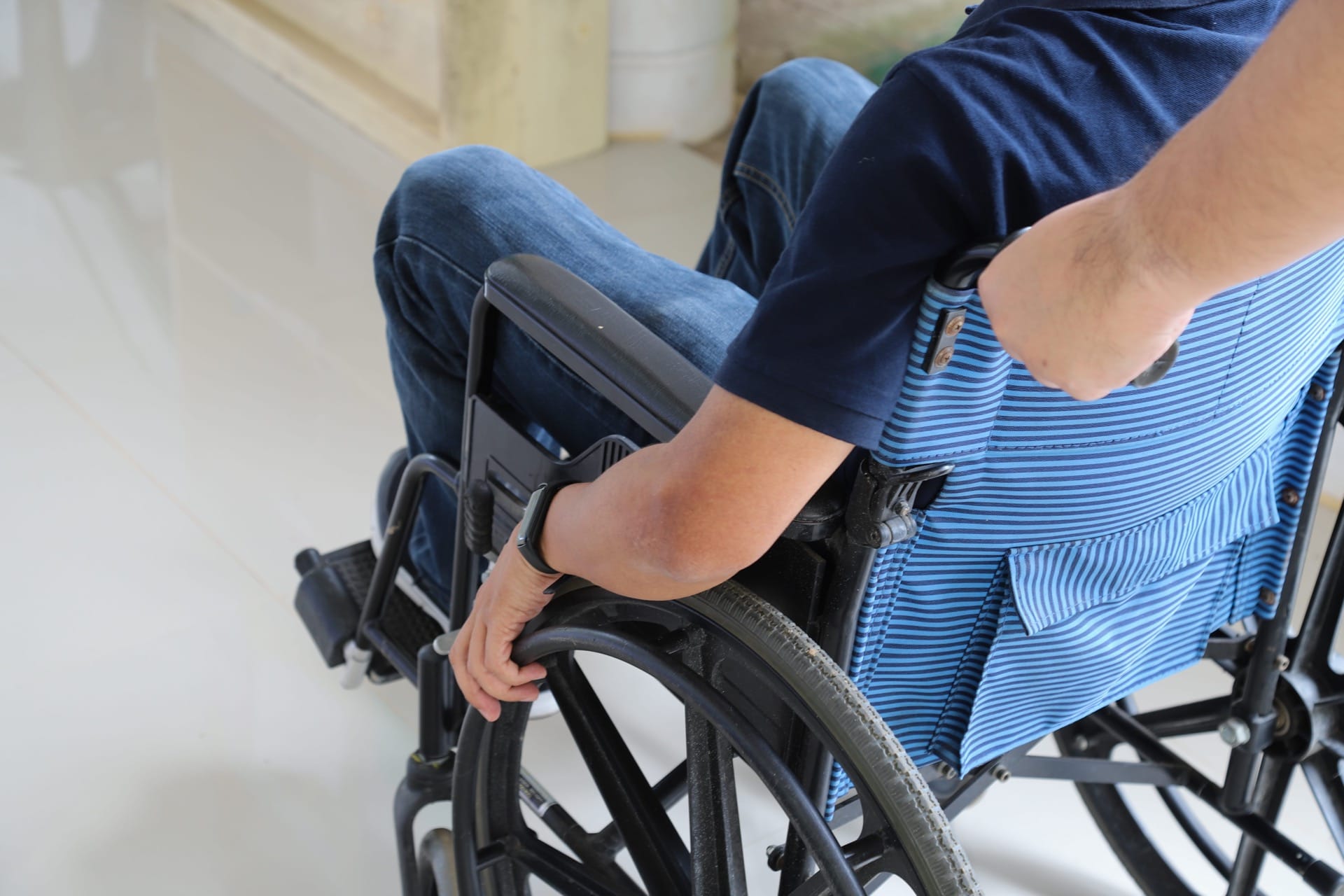Workplace accidents can lead to all types of injuries. Temporary or permanent disability are some of the most challenging types of injuries. You are going to need all the support you can get to help you through this difficult phase. In some cases, you might need long-term care for the disability. While both types of disabilities have some similarities, there are also some key differences. Understanding the difference between temporary and permanent disability can help you make informed decisions about recovering compensation or getting coverage for your expenses.
What Is Temporary Disability?
A temporary disability is any time of physical or mental injury or illness that affects the victim for a limited period of time. In terms of a workplace accident, this means the injured employee might not be able to perform their job duties until they recover from the condition. The individual can suffer from loss of function for days, weeks, or months, however, the individual is expected to recover with treatment or time.
Examples of temporary disability include sprains, strains, whiplash, torn ligaments, or concussions. The severity of the injuries will determine how long it will take the injured to recover. Temporary disability can also be a result of injuries that happen over time such as those repetitive movements or over-exertion.
What Is Permanent Disability?
A permanent disability is when an individual is no longer able to work due to injuries or illness. This type of disability is also known as permanent total disability (PTD). When an individual suffers a permanent disability, the expectation is that they will never be able to work again. This type of disability is often devastating for the victim and their families as they have made long-term arrangements to manage such a condition. Examples of permanent disability include total deafness, loss of both limbs, paralysis, permanent brain damage, and total blindness.
There are injuries that are categorized as permanent partial disability such as amputation of a body part, nerve damage, or post-traumatic stress disorder. While these conditions are permanent in nature, they may not result in a complete inability to perform work.
Comparison of Disability Benefits
Temporary Disability Benefits
As there is a clear distinction between temporary and permanent disability, the worker’s compensation benefits are also different. Temporary disability benefits are designed to provide support to the victim for a limited period of time or until the individual recovers from the condition. These benefits replaced a portion or percentage of the income that a worker lost due to a temporary injury or illness.
Temporary disability has two categories – temporary partial disability and temporary total disability. Temporary partial benefits are provided to individuals who cannot perform their pre-injury job duties but can perform other types of work to have some form of income. If the alternative work pays less than the pre-injury job, then the difference between the two can be included as benefits for a limited period of time.
With permanent total disability, the injured is not able to perform any type of work. The benefits include financial support for a large share of the pre-injury income, and the duration of the benefits is also significantly longer compared to partial disability benefits.
Permanent Disability Benefits
The workers’ compensation coverage depends on the amount of work that an individual is able to perform. The benefits of permanent disability typically kick in after the injured have exhausted their temporary disability benefits and reached maximum medical improvement. If the injured are still unable to perform their job duties, then they could qualify to get permanent disability benefits.
Just as is the case with temporary disability, there are different categories of permanent disability. The injured could suffer from permanent total disability or permanent partial disability. As both types of conditions are permanent, the benefits are designed for long-term care.
You may not qualify for permanent disability until the associated injury or illness is fixed and stable. In other words, if there is potential room for improvement through medical treatment or rest, then the injured person may not qualify for disability benefits at that time. They will have to wait until their medical treatment is complete to receive the benefits. Until they get approved, they can seek to get temporary disability benefits.
Individuals can protect themselves from total permanent disability through insurance. The amount of insurance coverage will depend on the policy. Typically, it is a certain percentage of the policyholder’s income.
Consult With a Workplace Accident Attorney
If you or your loved one have been injured in a workplace accident that caused a disability, consider consulting with an experienced attorney who can guide you on your options to get financial assistance. You may be eligible for workers’ compensation benefits. Worker’s compensation claim attorneys can assess your case to determine your eligibility and guide you on steps to recovering compensation.
CarAccidentAttorney.com is an attorney and medical referral service.

